Under the continuous exposure of major cultural relics protection organizations and environmental protection organizations, the demolition and relocation construction on Wenchuanli site was basically stopped around June 20, and some problems gradually surfaced. According to the information on a map displayed on the spot, the approved land is only a small area on both sides of Jiefang Road in the northeast corner of the plot, and the expropriation and demolition of houses has greatly exceeded the approved land, don’t know whether this is illegal expropriation or illegal demolition? As of July 15, there is still no formal public draft of the plan.
The demolition has also attracted wider attention. Several authoritative experts in the field of urban planning and ancient architecture looked at the aerial photos of Wenchuanli and thought that the texture of Wenchuanli is very beautiful, and that it is possible to be classified as a historical and cultural district based on this texture. After on-site inspection, they were more affirmed of their previous judgment. Because of the crisis of demolition for many years, this important urban cultural heritage has not been classified as a historical and cultural district. The valuable historical sites in the area have not received due attention, and many old houses have fallen into disrepair and lost maintenance for many years, and even suffered man-made destruction. Even so, experts still believe that many ancient buildings have the value and conditions for in-situ conservation. The beam structure of most ancient buildings is basically intact. If they are properly repaired and the covered part is removed, they can be rejuvenated.
The delimitation of historical and cultural blocks and historical buildings is a requirement put forward by the leaders in the Central City Work Conference. As a famous historical and cultural city in the country, Zhangzhou currently only delimits two historical and cultural blocks - Zhangzhou Ancient City and Yuekou. Most of the buildings along the street in these two historical blocks are arcades built in the Republic of China period; And Wenchuanli is a collection of outstanding works from Ming and Qing to the Republic of China. The cultural heritage is dense, the overall age of the ancient houses is earlier, there are more large houses, and more architectural styles. From pure Chinese style to a combination of Chinese and Western styles, and then to pure Western styles, can see the evolution of architectural styles, which has high research value.
One thing worth noting is that Qiancuo, Wucuo, and Shiyanke, which were originally included in the first batch of historical buildings in Zhangzhou, were collectively removed during the public announcement stage. In the final area, only Nantaiwu Fuxing Temple was on the list.
At the same time, the ancient residences of the You Shi in Yuhoushe, the ancestral home of the Jiang Shi in Xiadaishan, the resident house of the Chen Shi at No. 5 Xinxing Street, and the ancestral clan of the Huang Shi in Xiadianwei Village were not on the list. Currently, demolition and relocation are taking place near Yuhoushe and Xinxing Street, and there are no traces of Huang's ancestral clan in Xiadianwei Village.
After investigating the Chen family house at No. 5 Xinxing Street, experts believe that this exquisite building with a red history can even be rated as a cultural relics protection unit, but now it has no identity. This situation makes people wonder if these ancient houses, which were removed from the list of historical buildings during the publicity stage, are preparing for demolition?
Experts believe that not only the three ancient houses that have been removed should be restored to their identity as historical buildings, but even some ancient houses that were not on the public list have the potential to be rated as historical buildings.
Some building groups should be identified as a whole, rather than just one or two of them. The Wenchuanli area should be divided into historical and cultural districts for overall protection.
At present, the protection concept of the more advanced architectural heritage has expanded from the protection of single cultural relics to the protection of historical and cultural blocks and historical and cultural cities composed of cultural relics, historical buildings and traditional buildings. Cultural relics are non-renewable resources. Immovable cultural relics should be protected at the original site. In the preliminary planning, it is necessary to avoid these immovable cultural relics in the site selection of construction projects.
Regarding the issue of Wenchuanli, some people have always adhered to the thinking of cultural relic islands, and the protection plan has been limited to a small area. They even intend to make the recognized immovable cultural relics and large-scale ancient houses with high value as commercial real estate projects. Giving way is really sighing.
Before the incident came to light, Wenchuanli was a paradise for cultural relic thieves. Every day, there was a lot in the vehicles and the harvest was full. As for other components, such as wood carvings, stone carvings, slabs, floor tiles, etc., there are countless, and it is impossible to list them all.
The chaos of demolition and relocation in Wenchuanli has aroused great concern of the city leaders, and they have visited the site for many times. In late June, the evacuated garbage bins were restored on the road, and the garbage accumulated for more than a month was also cleaned up. The environment on the site has been greatly improved.
Sanfang Qixiang (three lanes and seven alleys) in Fuzhou City also faced the same dilemma as Wenchuanli. Eventually, the relevant departments stopped the demolition project with great determination and courage, leaving a large area of important cultural heritage for Fuzhou. Now, the renovated Sanfang Qixiang have become a city card of Fuzhou. Today, when the protection of living fossils is advocated, the ancient city of Yangzhou in China and Furukawamachi in Japan are more examples worthy of reference. How to deal with the problems in Wenchuanli is indeed a huge challenge for city managers. Fortunately, some cities have made useful explorations in the early stage. These are valuable experiences worth learning. It is hoped that through the efforts of all parties, Wenchuanli can truly usher in a new life and add luster to the thousand-year-old city of Zhangzhou.



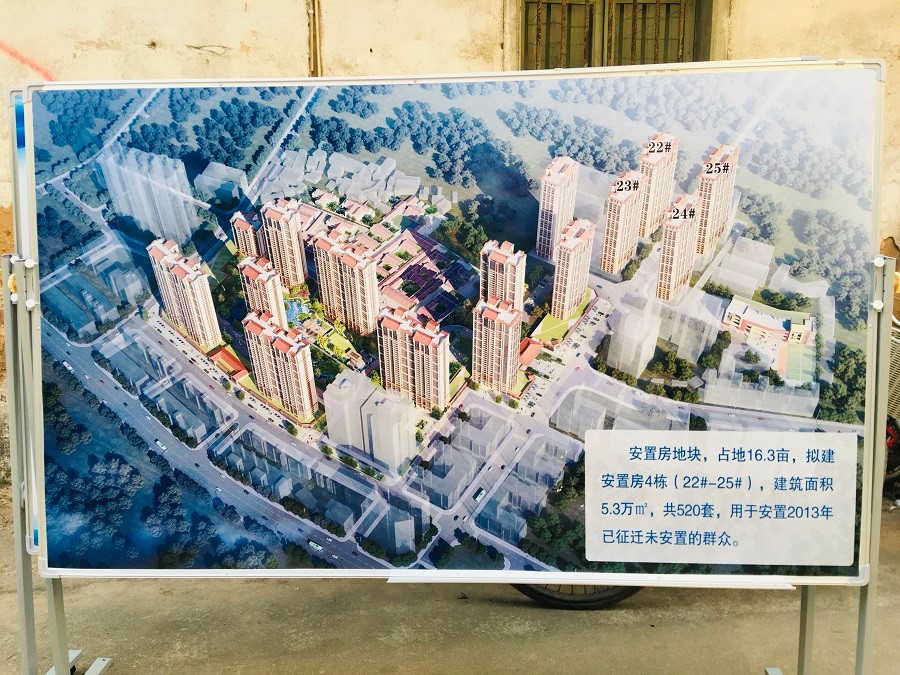
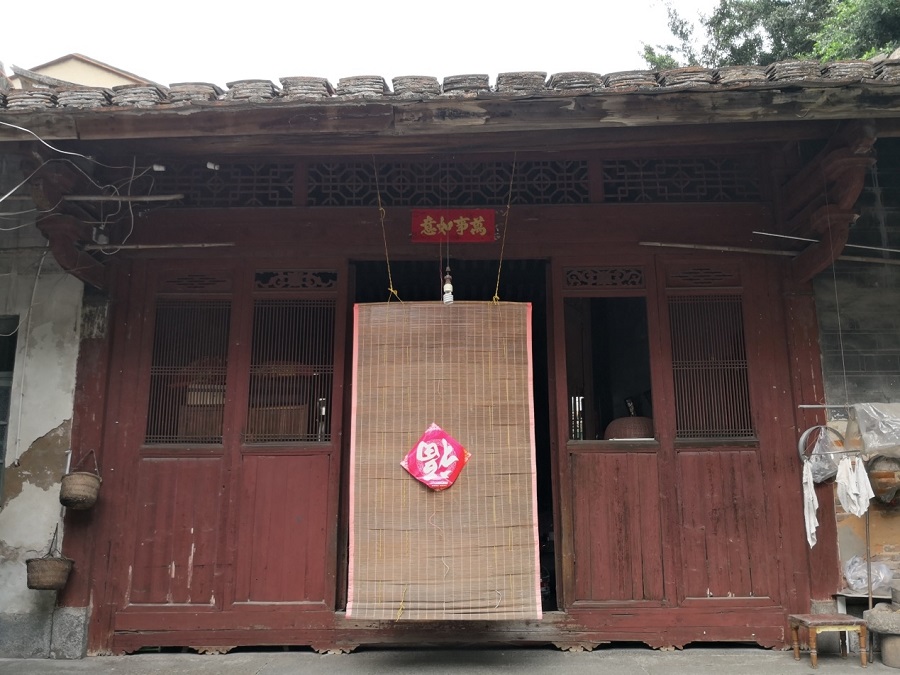


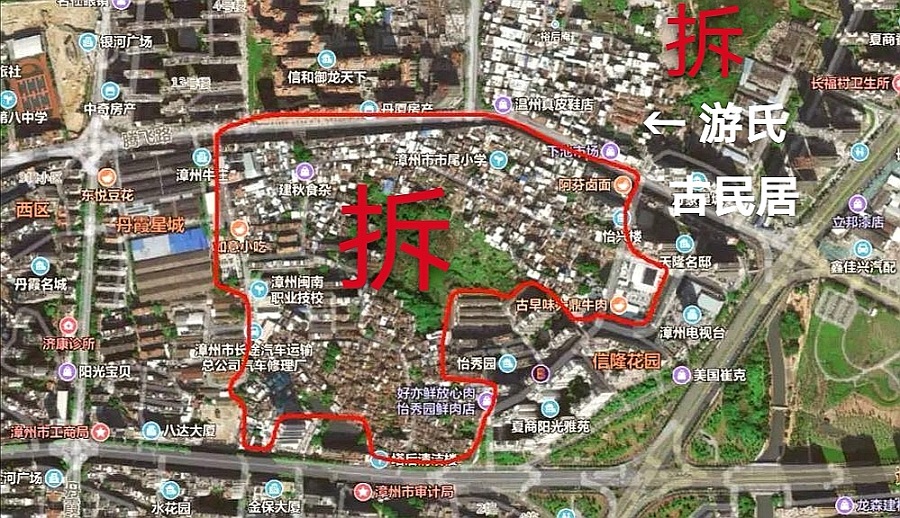
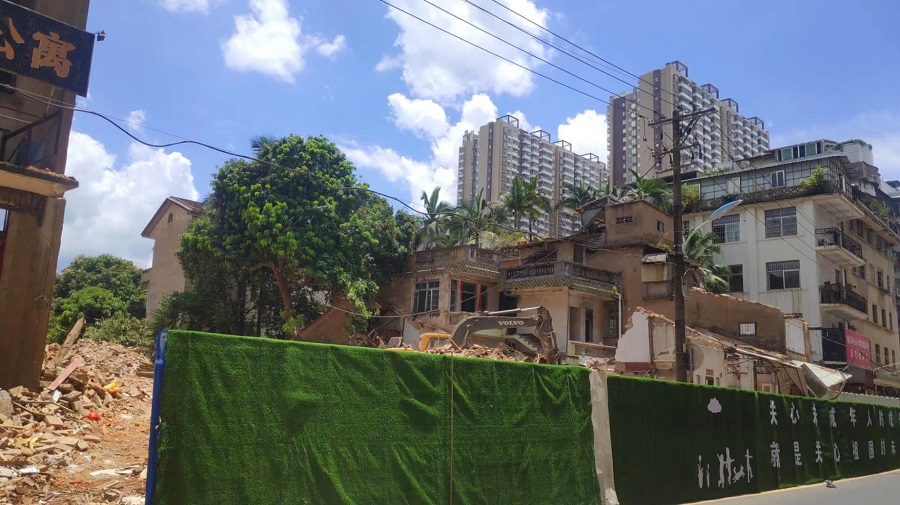


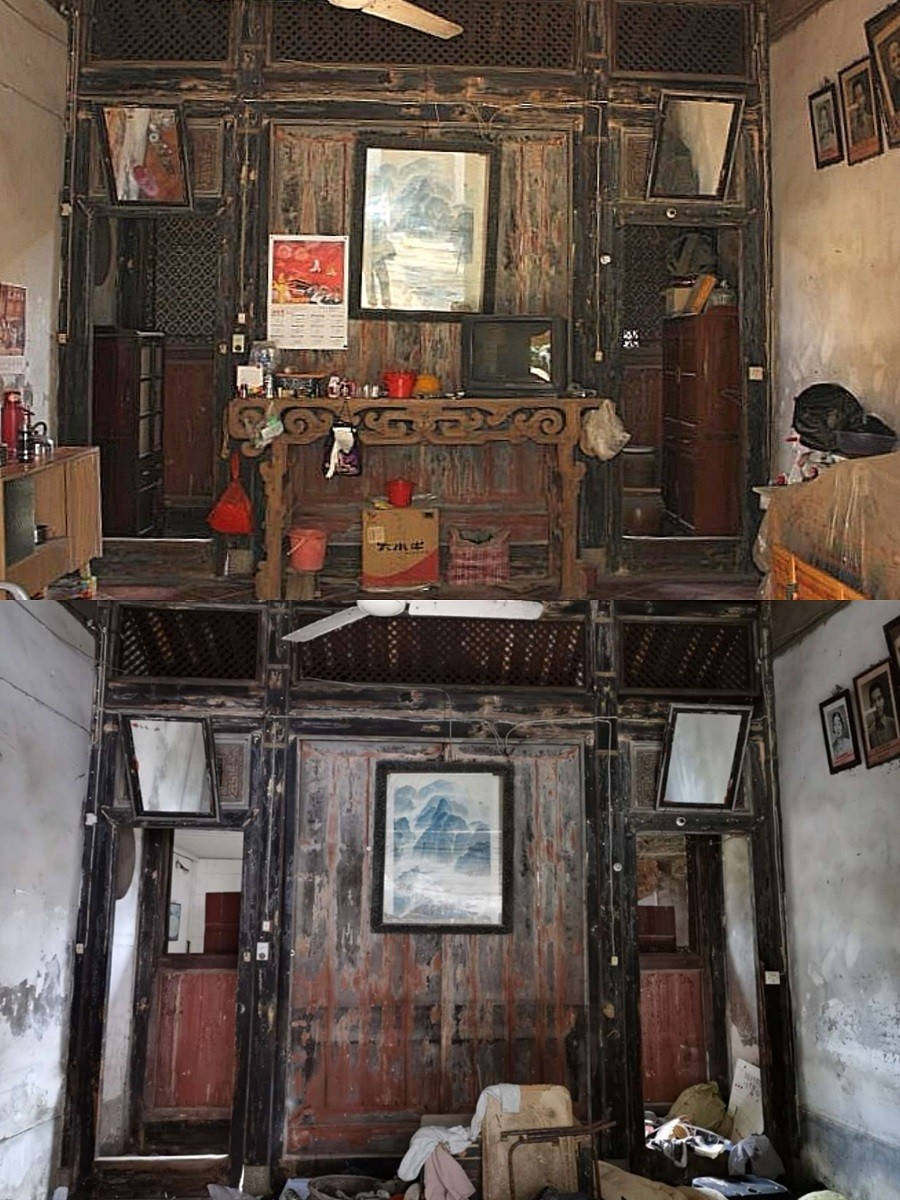

(Photo credit: CBCGDF volunteer)
Original Chinese article:
http://www.cbcgdf.org/NewsShow/4854/13168.html
By / Liu Xiling (Volunteer) Modified / Maggie
https://www.paypal.me/CBCGDFChina
http://www.cbcgdf.org/English/ConfirmDonaTion/0.html


(Please indicate "I read CBCGDF" in the payment notes, thank you!)
